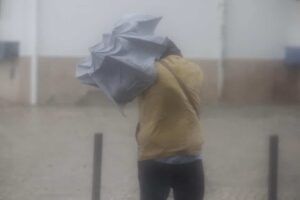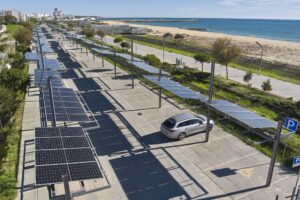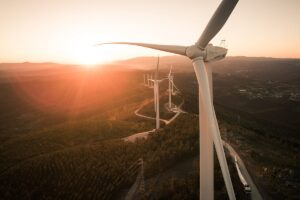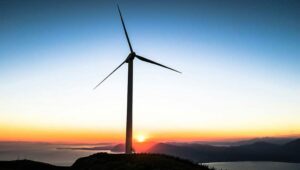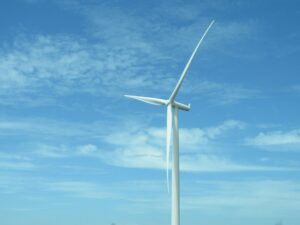Portugal has more than 1,000 MW of wind turbine projects currently suspended, initiatives that are waiting for environmental and construction licences and/or waiting on funding.
In total, between €1.3 and €1.5 billion worth of investment has yet to be given the green light and dozens of job contracts remain unsigned, with little prospect of positions being taken up in the near future.
“There are projects that have been waiting four or five years for environmental permits. I don’t know why the General Directorate of Energy (GDE) hasn’t made any progress, and of course these projects have now suffered from the [economic] crisis and therefore have lost their financing,” bemoaned António Sá da Costa, the president of the Associação das Renováveis (Renewable Energy Association).
It’s not only the banks that suffer from years of indecision. These projects can also lose profitability when the environment ministry forces a change of location, he added during an interview with Dinheiro Vivo.
According to Sá da Costa, when a wind turbine farm is relocated before actually being constructed, the project is obliged to undergo a second series of evaluation – for example, a new wind study has to be carried out. But with prime locations already occupied there’s a chance that if the project does progress, it will be situated in a zone less susceptible to the effects of wind, meaning the turbines will work less efficiently and with diminished profitability. The financial risk to the bank is therefore considerable.
The majority of projects on the back burner are those that were put out to tender when José Sócrates was in power. This is the case of the 400MW Ventinveste Consortium, 49% of which is owned by Galp Energia, an investment that represents €500 million. Problems initially arose with environmental licensing. Now, however, it’s one of financing, with funds frozen indefinitely.
Even Eólicas de Portugal (Eneop), which is integrated with EDP Renováveis and was the biggest consortium assigned during Socrates’ tenure, has been suffering financial problems, although the project is now almost complete.
The project included the construction of 1,200 MW in three phases of 400 MW. The first phase, which commenced before the crisis, received funding from the European Investment Bank (EIB) and commercial banks. But during the second phase, the consortium’s shareholders had to inject capital in order to guarantee construction and its “commitment to the state”, said EDP Renováveis CEO João Manso Neto, speaking to Dinheiro Vivo two weeks ago.
The EIB eventually lent money for this phase but not the third, which is now underway. Again, it was necessary to draw on private capital from consortium shareholders in order to move forward with the project, which at this stage has 200 MW left to complete.
A similar situation involves “about 200 to 300 MW that the DGE says is enhancing power at existing wind farms,” added Sá da Costa.
But EDP’s Pedro Neves Ferreira said that another reason for licensing delays could be related to the fact that Portugal probably doesn’t need any more wind farms at present. “In fact, we have an overcapacity, but in 2020 we will need more power so we have to do what is expected.”
The irony of the situation is that Portugal remains an enviable example of renewable energy use in Europe, with more than 30% of consumption coming from wind, solar and hydro sources.


